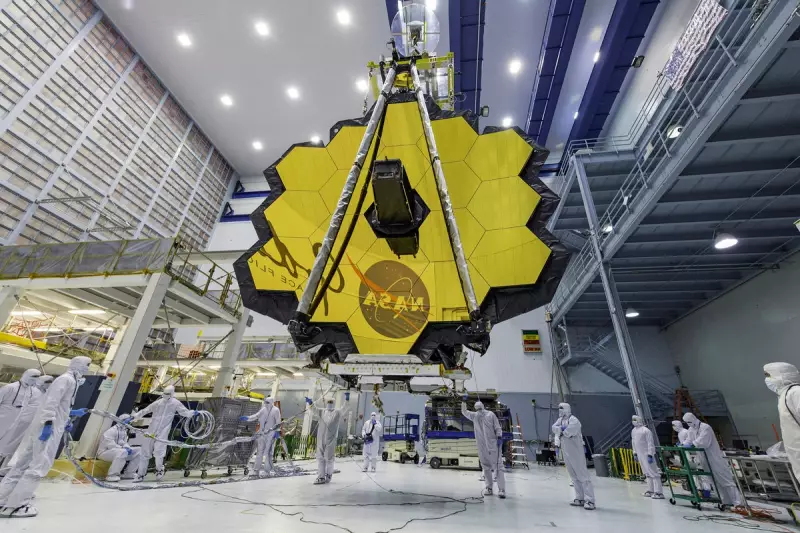
In a discovery that's left astronomers scratching their heads, NASA scientists have identified one of the lightest exoplanets ever found - an enormous gas giant with the density of cotton candy.
The Fluffiest Planet in the Galaxy
The newly discovered planet, named WASP-193b, orbits a distant star approximately 1,200 light-years from Earth. Despite being 50% larger than Jupiter, this cosmic oddity has a density so low it would float on water.
"It's incredibly light for its size," said lead researcher Khalid Barkaoui from MIT. "We've never seen anything quite like this in our galaxy."
Defying Planetary Physics
What makes WASP-193b particularly baffling:
- Orbits its star every 6.25 days at extremely close range
- Surface temperature estimated at 1,250°C
- Composed mainly of hydrogen and helium
- Density just 0.059 grams per cubic centimetre
"Current theories of planetary formation can't easily explain this," admitted co-author Francisco Pozuelos. The discovery challenges our fundamental understanding of how gas giants evolve.
A Cosmic Cotton Candy Mystery
The planet's extreme puffiness suggests its atmosphere has been expanding outward, though the exact mechanism remains unknown. Researchers speculate that tidal heating or another unidentified energy source might be causing this unusual inflation.
NASA's James Webb Space Telescope will now turn its infrared gaze toward WASP-193b, hoping to unravel the secrets of this celestial cotton candy ball. The findings could force astronomers to reconsider existing models of planetary evolution.





